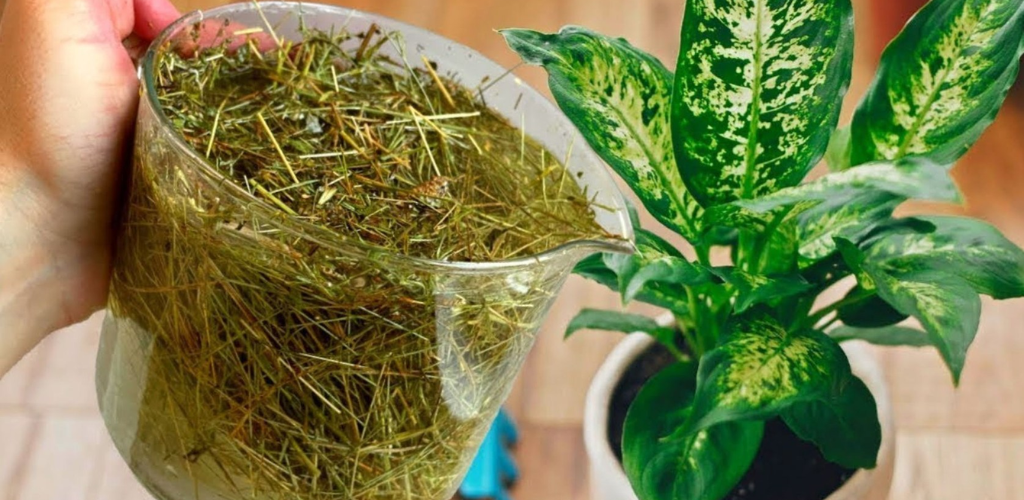5 Poisonous Houseplants You Should Avoid If You Have Children or Pets
Before purchasing a houseplant, it is important to check if it has any allergenic potential and if it is not toxic to your children and pets.
What are poisonous houseplants?
Here are the poisonous plants that are best not to have at home.
Read also: What houseplants are poisonous to cats?
- Crassula ovata: poisonous succulent plant
Crassula ovata, or jade tree, is a succulent plant native to South Africa. This perennial plant is famous for being easy to care for, due to its low water requirement. On the other hand, crassula ovata could be toxic to humans, but also to domestic animals. If accidentally ingested, especially by children, dogs or cats, it can cause vomiting, accompanied by diarrhea. Touching the plant can cause skin burns or itching, especially from its sap and leaves.
- Dieffenbachia: toxic tropical indoor plant
Dieffenbachia is a tropical plant from the Araceae family. This decorative plant tolerates heat and low light well. It is certainly easy to maintain, but it is also toxic. The latex and juice of the plant are the most irritating elements of dieffenbachia. Young children and pets are most affected by dieffenbachia poisoning because, if left unsupervised, they may chew pieces of the plant’s poisonous leaves. Ingestion can cause swelling of the tongue and mucous membranes, which in turn causes a burning sensation that makes swallowing difficult. Repeated contact of the plant with the skin can cause dermatitis. Contact with the eyes can cause severe pain accompanied by conjunctival hemorrhage, or even loss of visual acuity for a few days.
- The rhododendron: a toxic ornamental shrub
Also called azalea, rhododendron is a flowering shrub considered toxic, especially for babies. Ingesting part of this plant, or consuming its honey, can cause, among other things, nausea, abdominal pain and cramps, diarrhea, vomiting or even hypotension or hypersalivation. Note that symptoms appear between 30 minutes and 2 hours after ingestion. They can also last for several days. Azalea is also toxic to dogs.
- Cyclamen: plant with poisonous flowers
Cyclamen is a perennial plant prized for its colorful flowers. On the other hand, its bulb is toxic and ingestion can cause vomiting, nausea, stomach pain and, sometimes, even muscle paralysis.
Read also: These 4 zodiac signs are toxic: they bring hell to their loved ones
- The ficus: poisonous houseplant
Also called the fig tree or rubber tree, the ficus is a quintessential houseplant. Its green, leathery foliage is certainly decorative, but it is dangerous for small children, and for good reason – its sap is an irritating latex. Ingestion can cause abdominal pain, vomiting, nausea, and mild burning around the mouth. Ficus is also toxic to pets. Ingestion can cause hypersalivation, mouth irritation, diarrhea, or vomiting. Additionally, the ficus benjamina, a species of ficus, is considered one of the houseplants responsible for the accidental poisoning of small children.
What happens if your child accidentally touches or ingests a poisonous plant?
If the toxic parts of the plant are ingested, it is important to remove the pieces of the plant from your child’s mouth and save them so that the ingested plant can be identified later. Contrary to popular belief, it is not recommended to make your child vomit. In this case, rinse the mouth, look for signs of irritation or swelling in the mouth, and contact a poison control center right away. If, on the other hand, your child touches a poisonous plant, remove contaminated clothing and wash his or her skin with warm water for at least 15 minutes. Then call the poison control center to find out what to apply to your child’s skin.
Read also: Which of these couples do you identify with? This personality test reveals if your relationship is toxic
